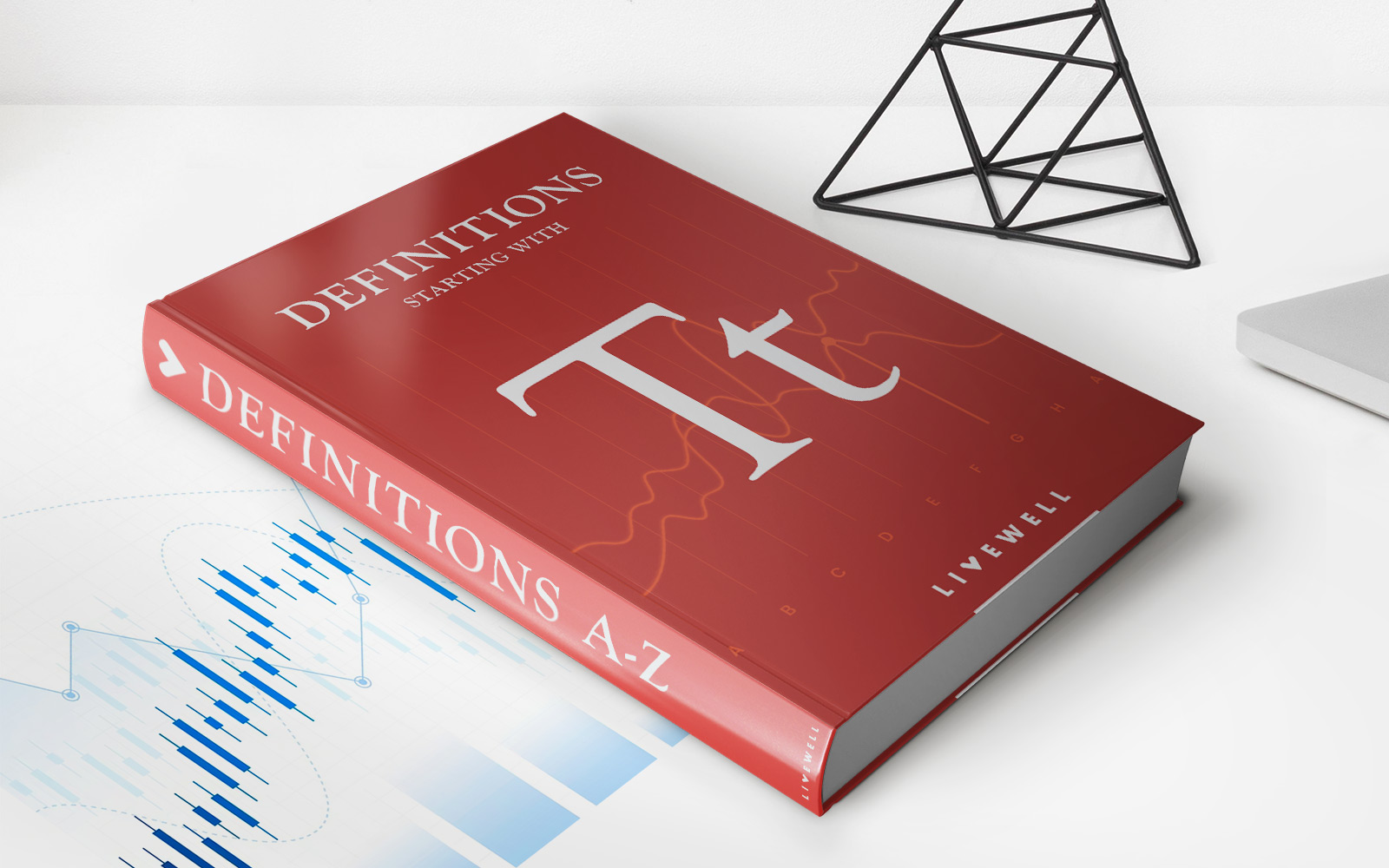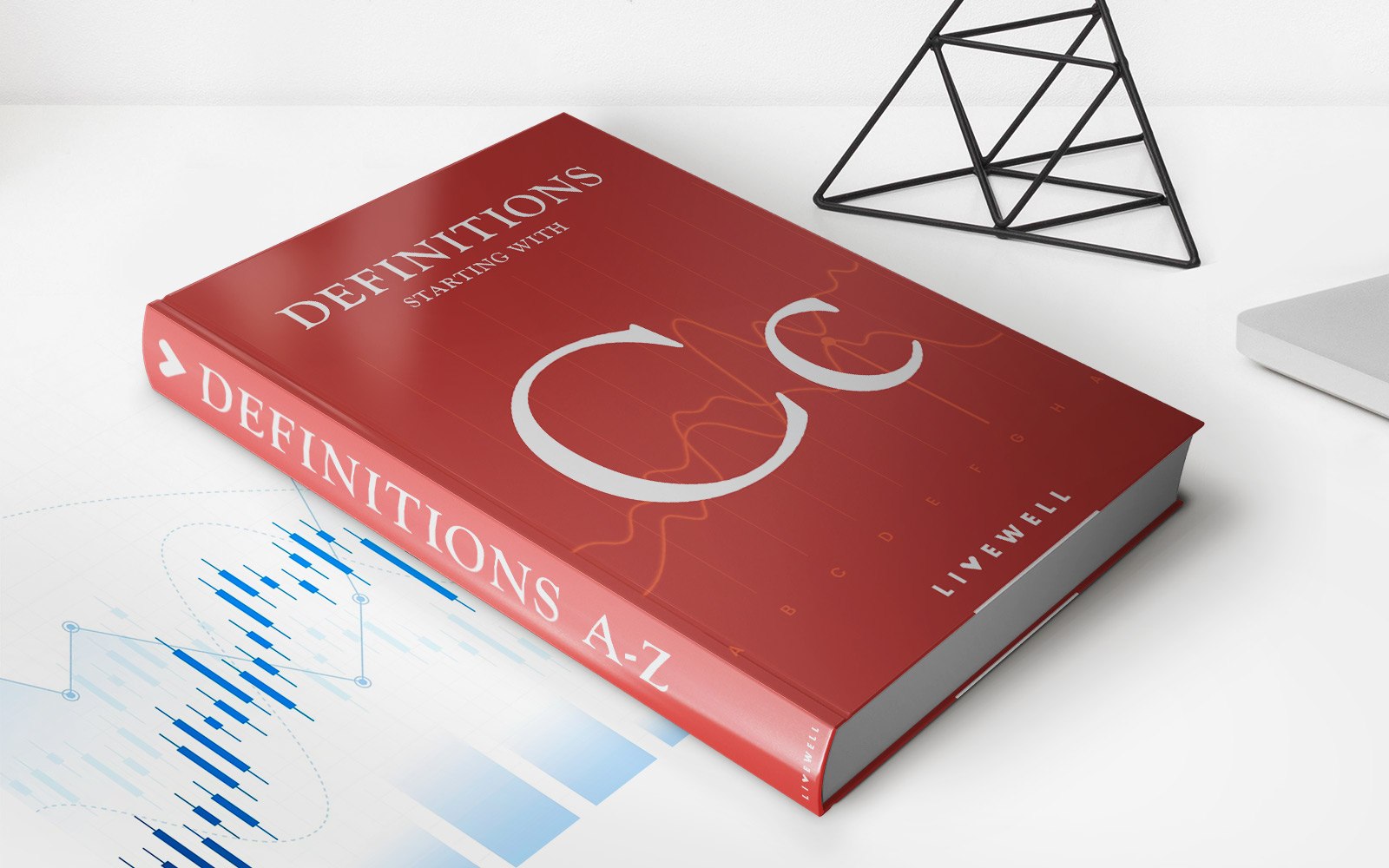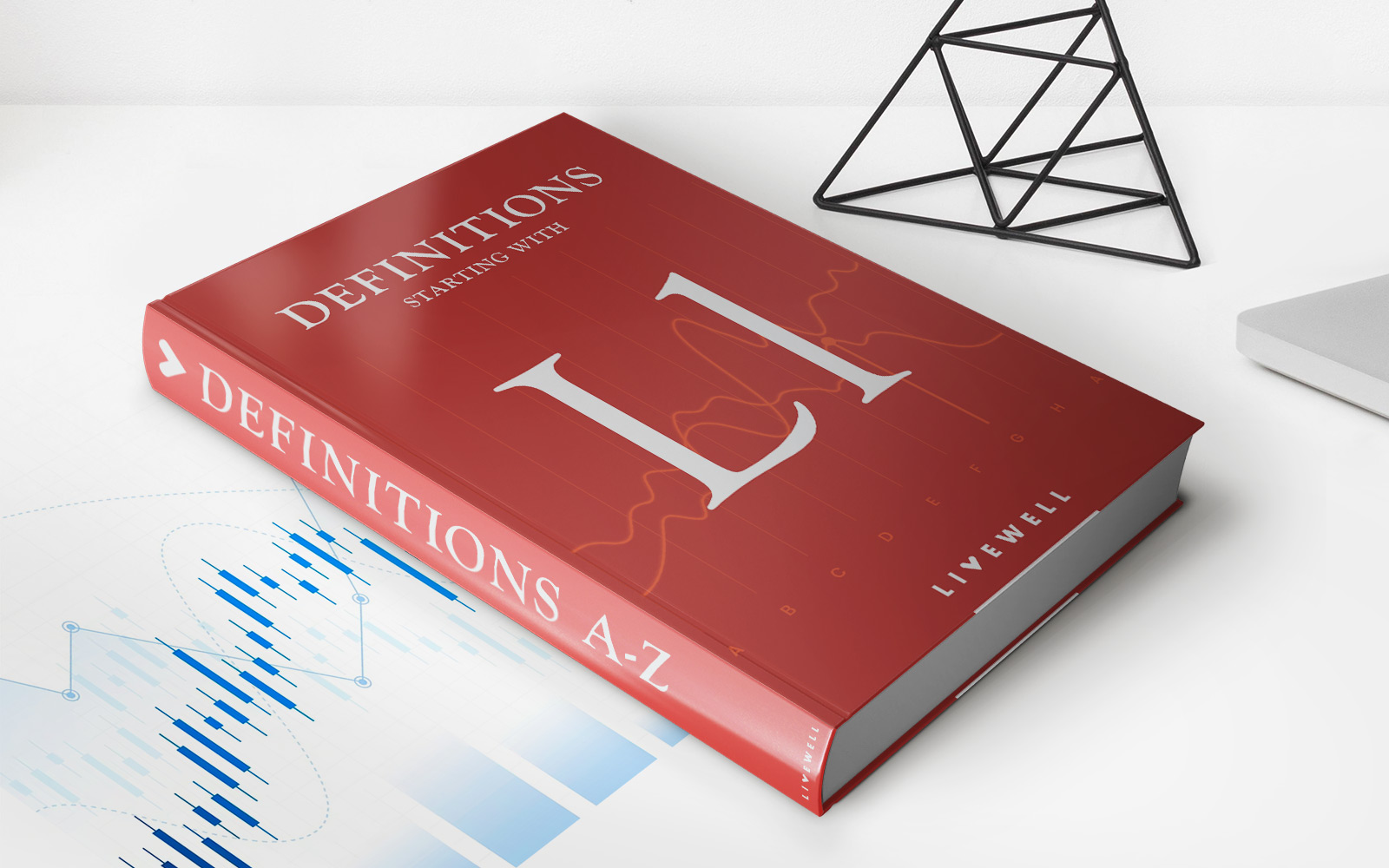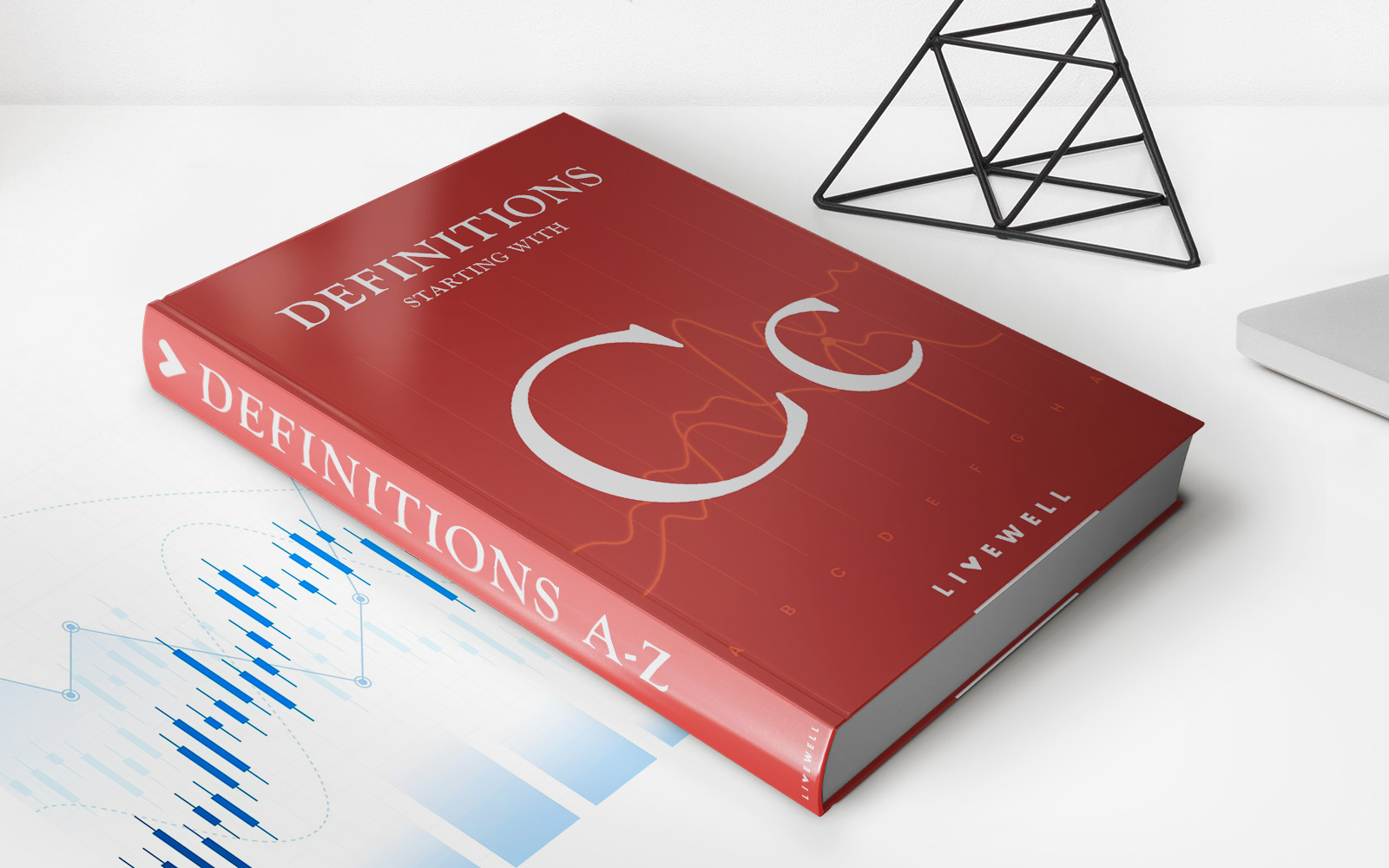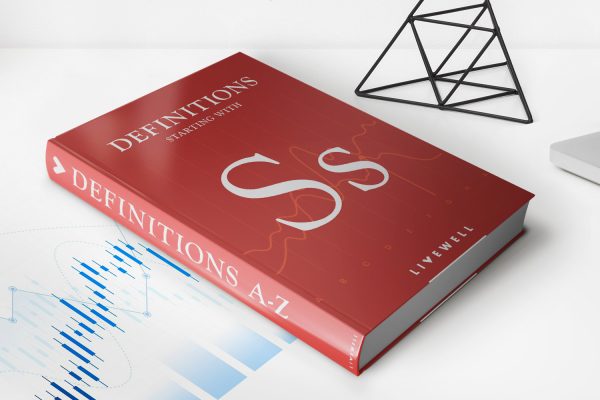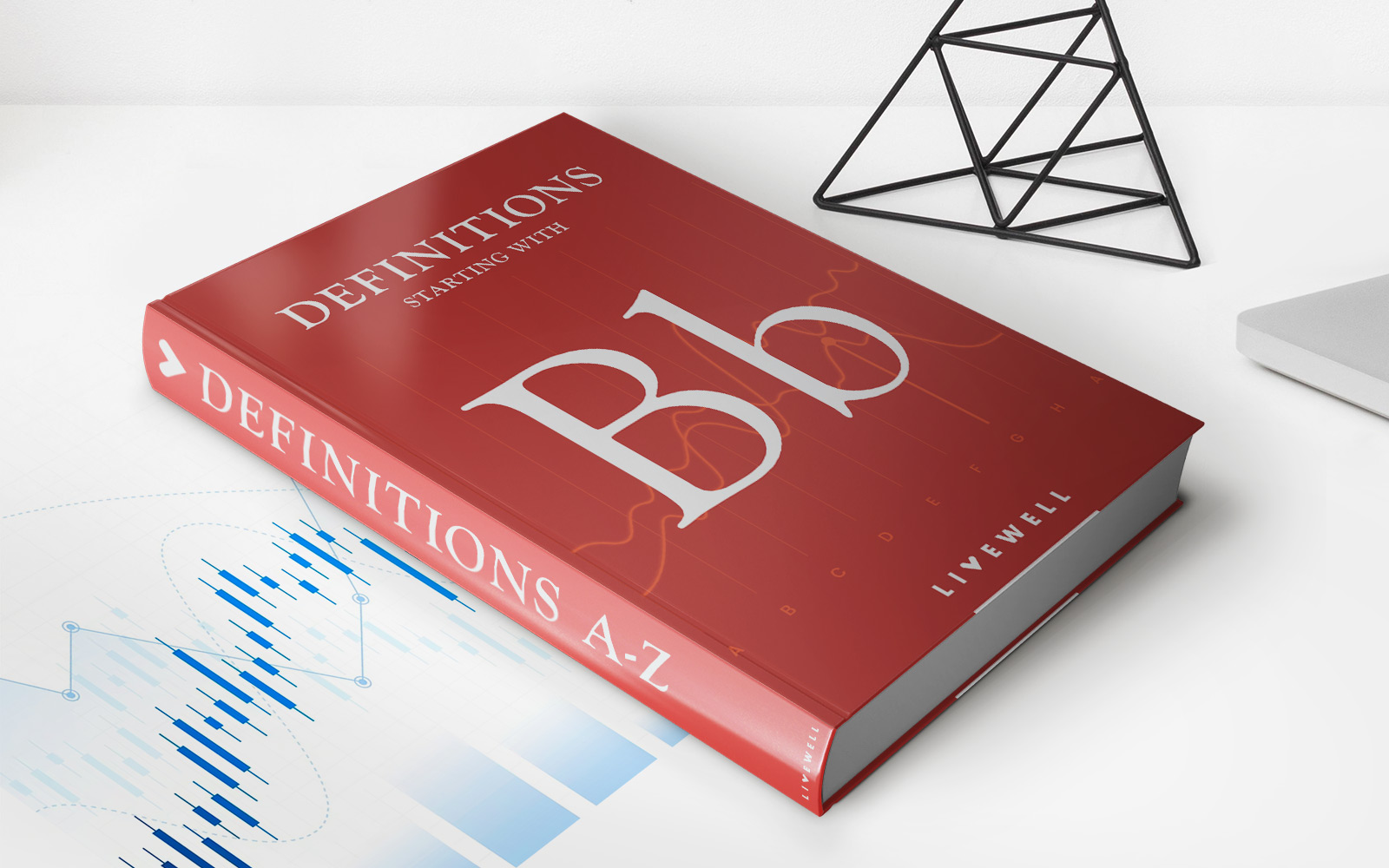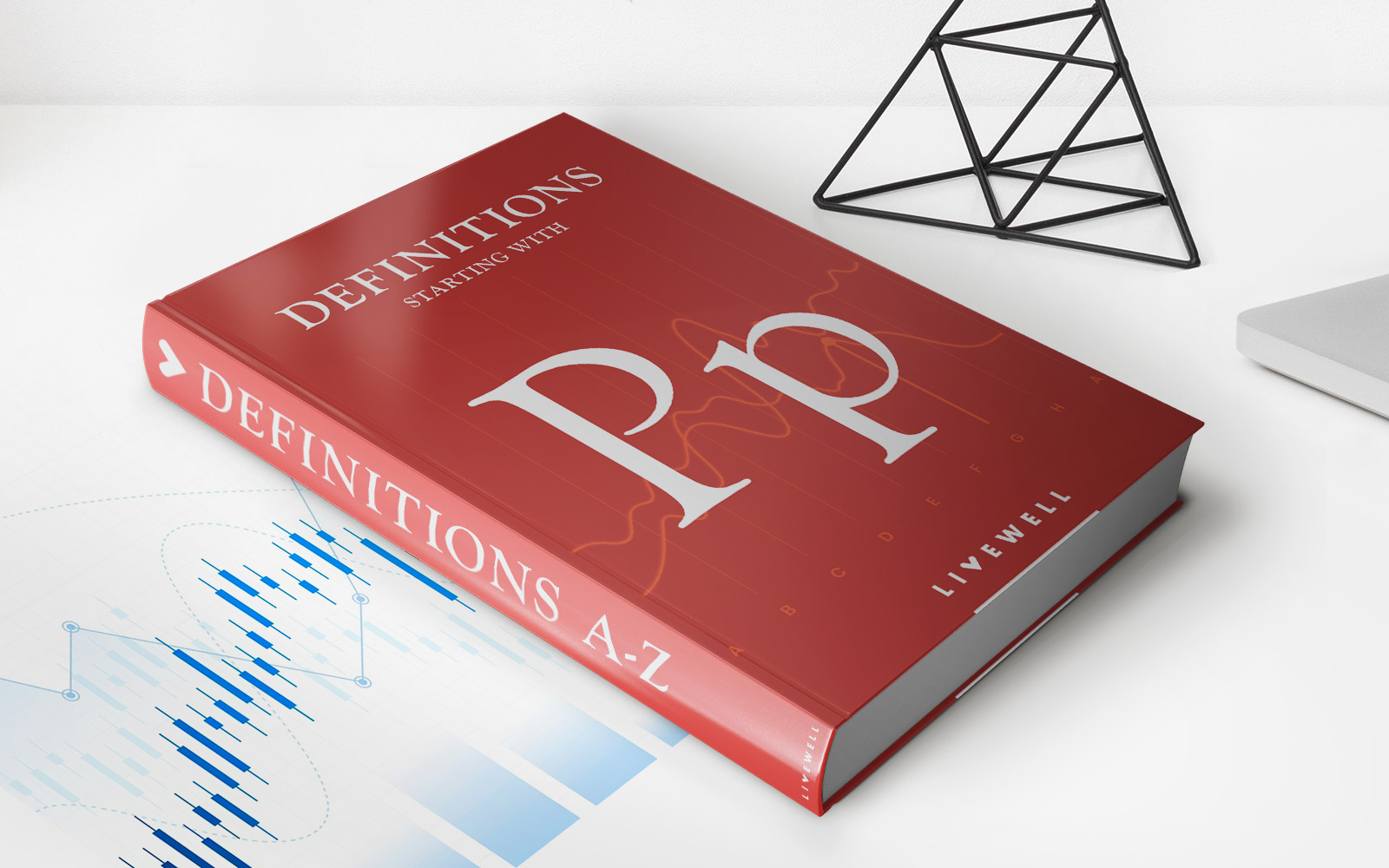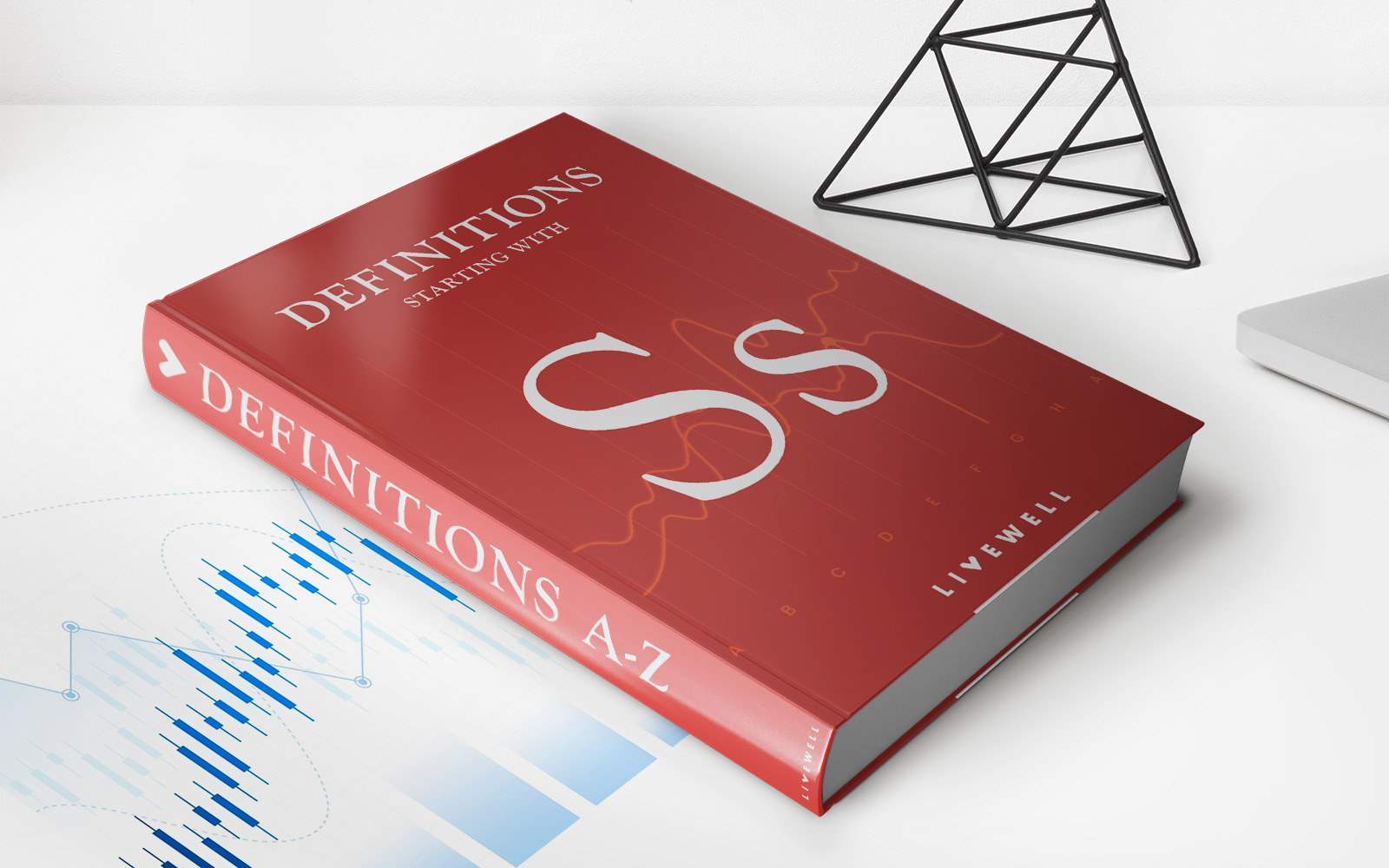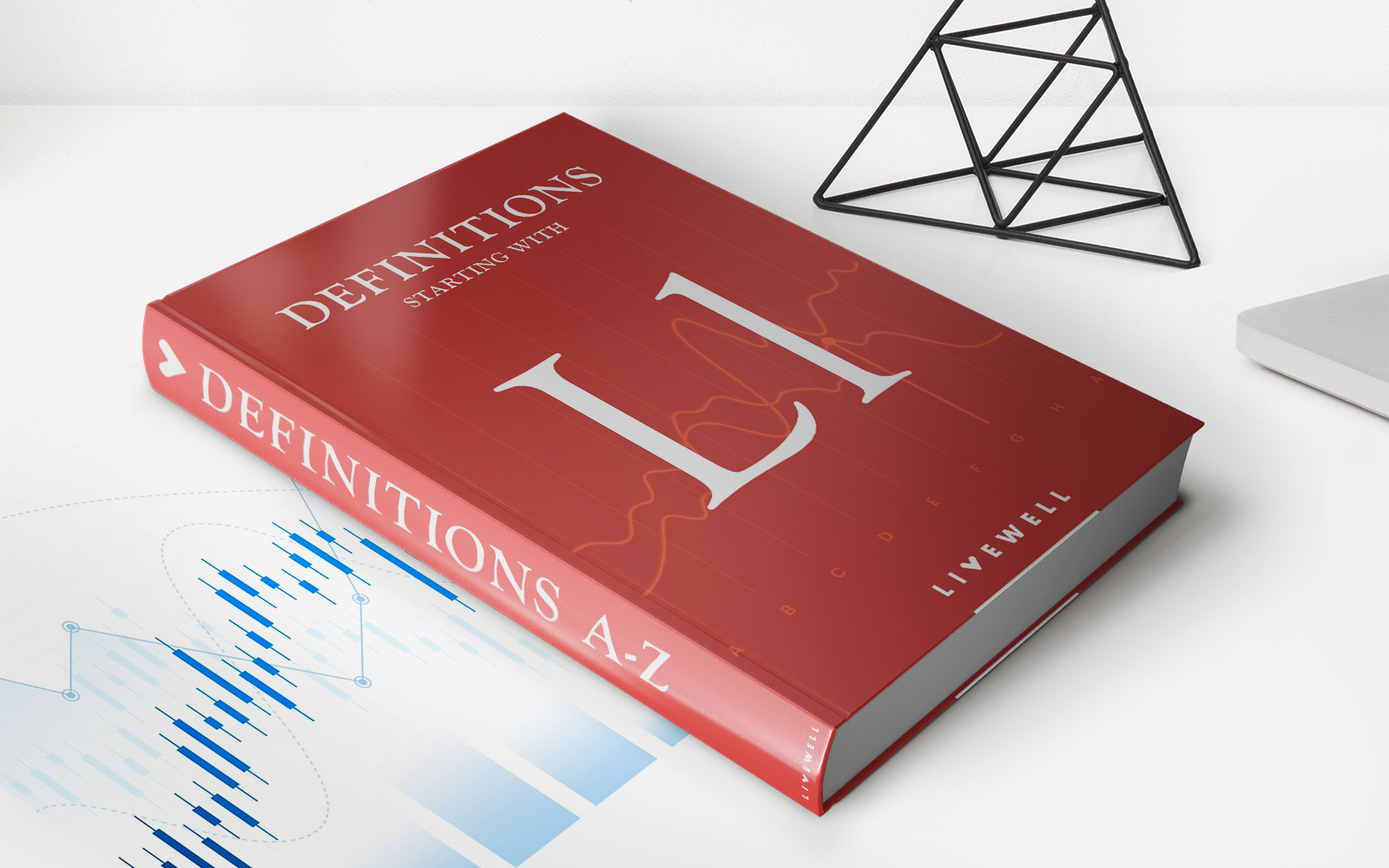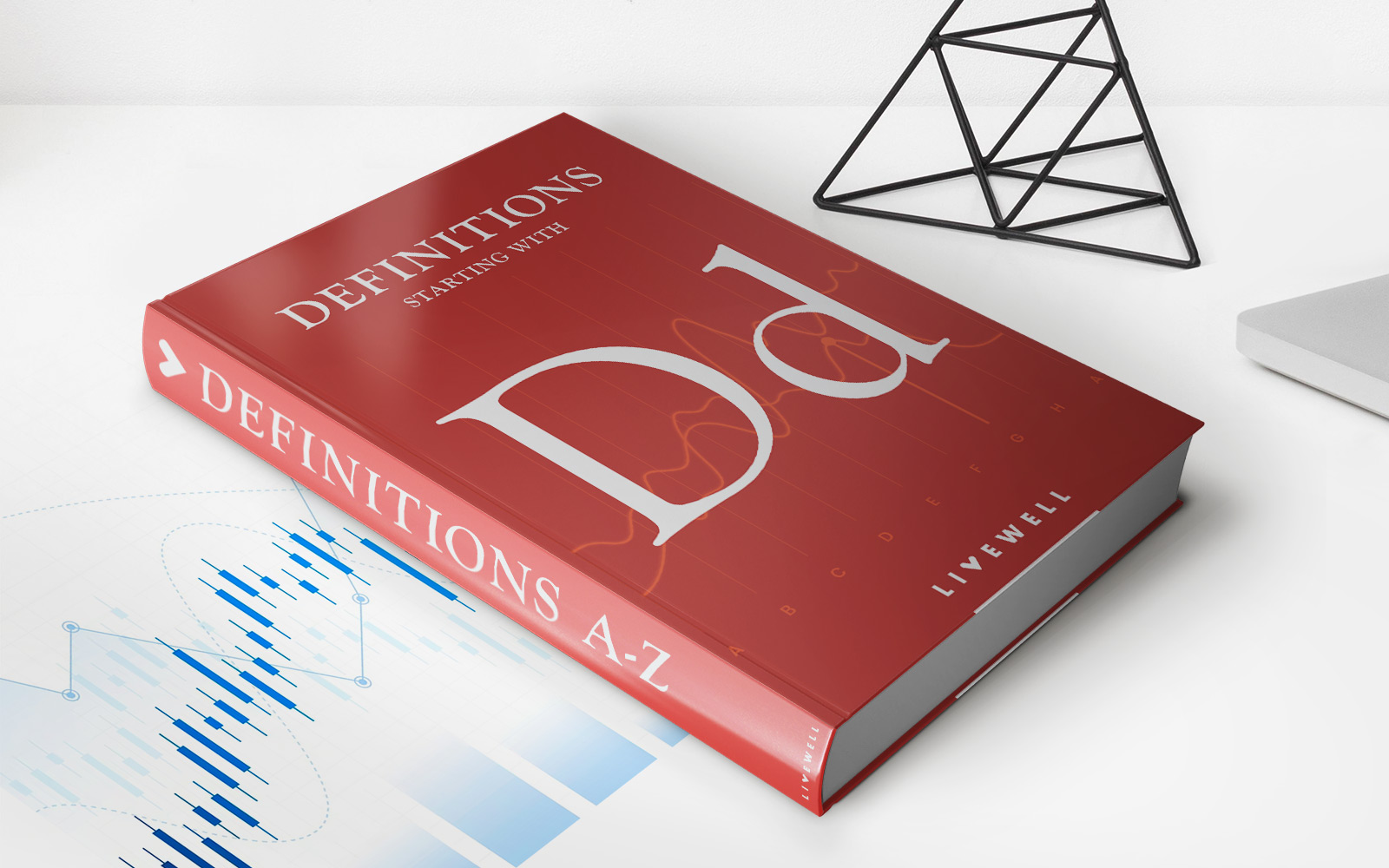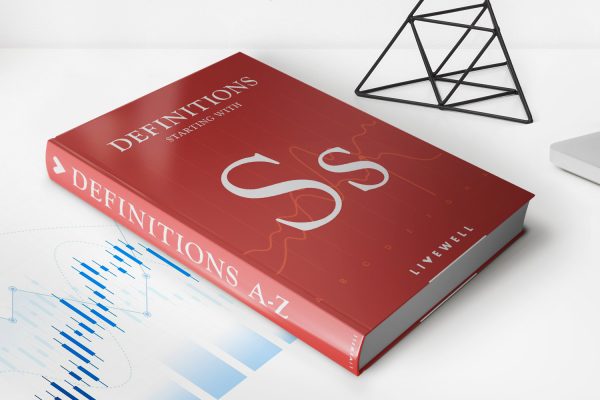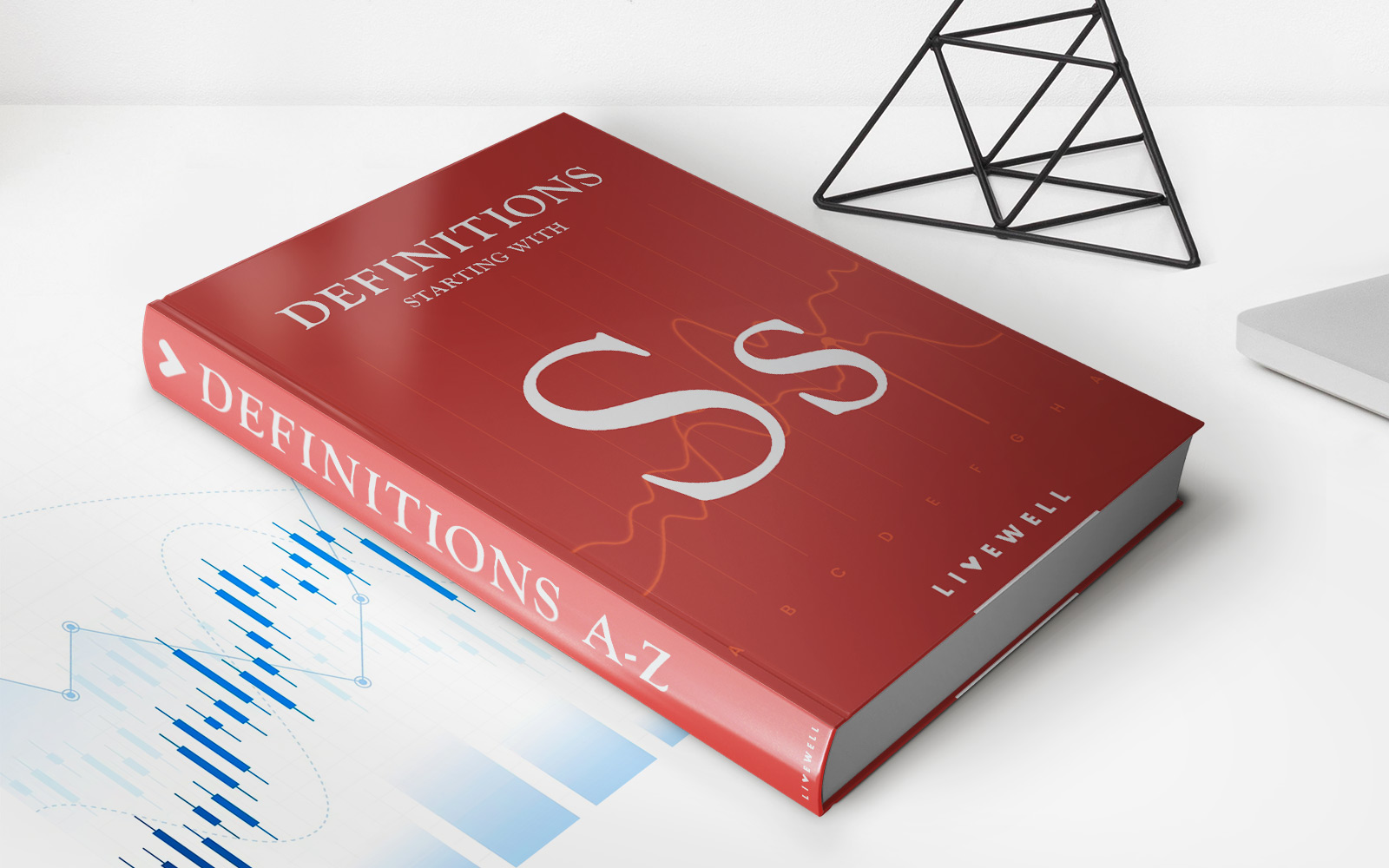Home>Finance>What Is Dirty Price? Definition, Vs. Clean Price, And Example
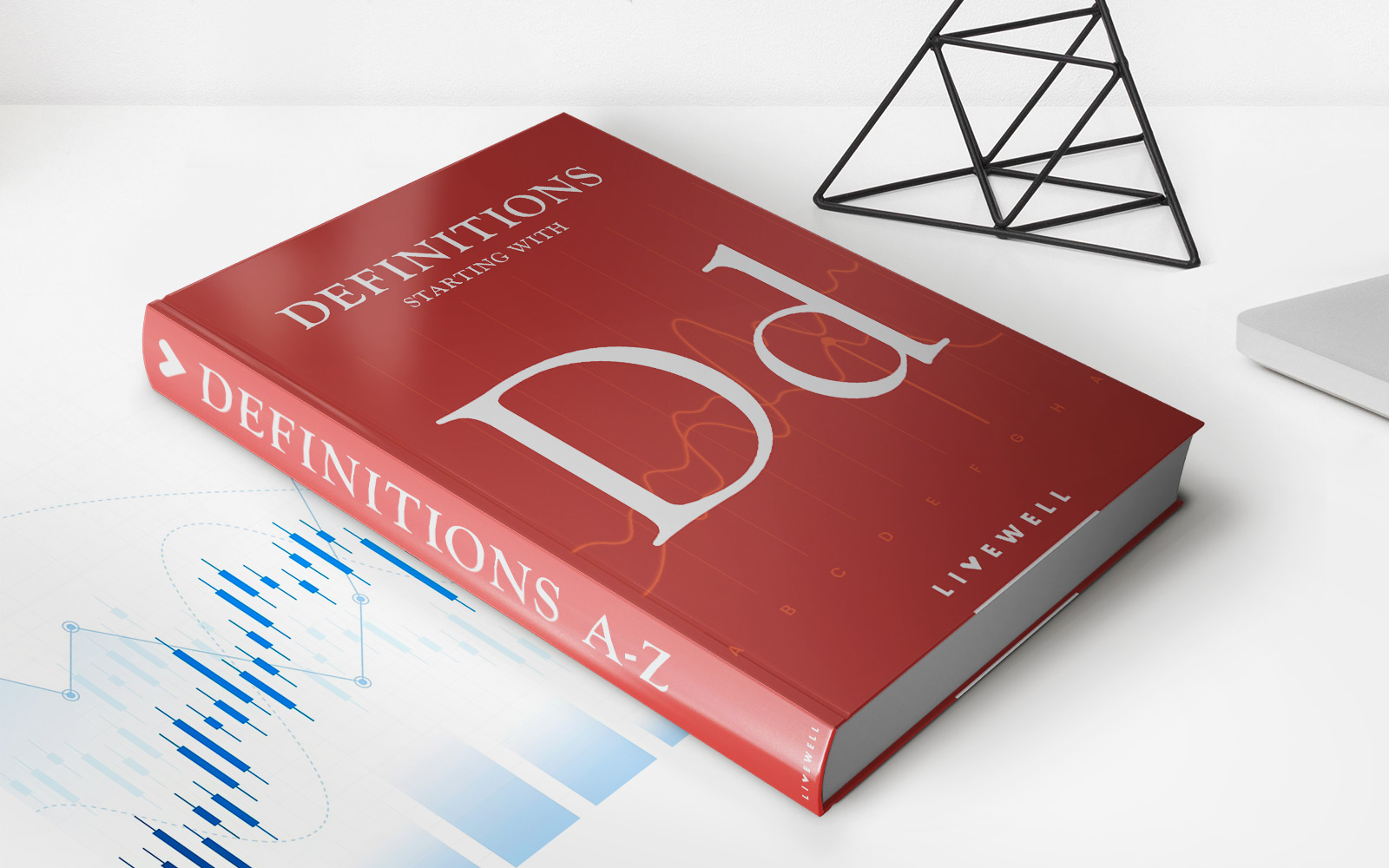

Finance
What Is Dirty Price? Definition, Vs. Clean Price, And Example
Published: November 12, 2023
Learn the meaning of dirty price in finance, its difference from clean price, and get a clear example. Understand this crucial concept in investment
(Many of the links in this article redirect to a specific reviewed product. Your purchase of these products through affiliate links helps to generate commission for LiveWell, at no extra cost. Learn more)
What Is Dirty Price? Definition, Vs. Clean Price, and Example
When it comes to financial investments, understanding the different terminologies and concepts is key to making informed decisions. One such concept is the dirty price, which plays an important role in bond investments. In this blog post, we will delve into the definition of dirty price, its distinction from clean price, and provide an example to help you grasp this financial concept.
Key Takeaways:
- Dirty price refers to the price of a bond that includes accrued interest
- Clean price is the price of a bond that excludes accrued interest
Defining Dirty Price and Clean Price
In the world of finance, dirty price refers to the actual price at which a bond or fixed-income security trades in the market. What sets dirty price apart from its counterpart, the clean price, is the inclusion of accrued interest in its value.
Accrued interest is the interest that has accumulated on a bond since its last coupon payment date. Since bonds typically pay interest on a fixed schedule, the accrued interest represents the portion of the interest that the bondholder is entitled to receive but has not been paid yet. This accrued interest is reflected in the dirty price.
Key Takeaway 1: Dirty price includes accrued interest.
Key Takeaway 2: Clean price excludes accrued interest.
On the other hand, the clean price of a bond does not take into account the accrued interest. It is the price at which a bond would trade if it were freshly issued, with no interest accumulated between coupon payment dates. In other words, the clean price represents the principal value of the bond without any interest added on top.
An Example to Illustrate
Let us consider a hypothetical bond with a face value of $1,000, an annual coupon rate of 5%, and semi-annual interest payments. The next coupon payment is due in one month, while the bond will mature in one year.
If an investor purchases this bond five months before the next coupon payment, the accrued interest would be calculated based on the number of days between the previous coupon payment and the date of purchase. The dirty price will then be determined by adding the accrued interest to the clean price.
For example, if the clean price of the bond is $990 and the accrued interest is $10, the dirty price would be $1,000 ($990 + $10). This means that the investor would have to pay $1,000 to purchase the bond, considering both the principal and the interest accrued since the last coupon payment.
It is worth noting that over time, as the next coupon payment date approaches, the accrued interest will decrease. This indicates that the bond’s dirty price will move closer to its clean price.
By understanding the concept of dirty price and its distinction from clean price, investors can analyze bond investments more accurately and make sound financial decisions.
So, the next time you come across the term dirty price, you’ll know exactly what it means and how it affects bond investments. Remember, understanding the nuances of the financial market can make all the difference when it comes to maximizing your returns.

